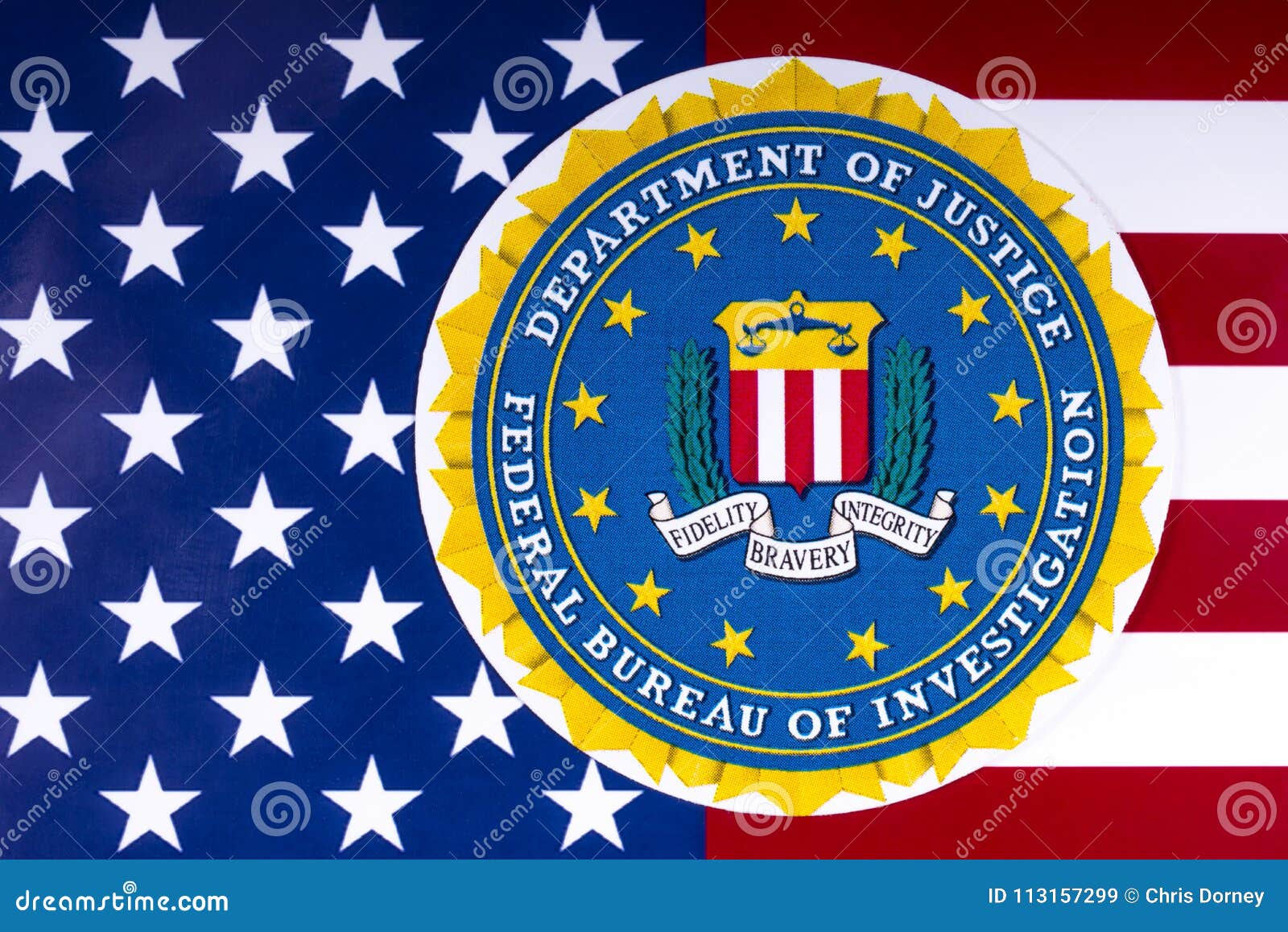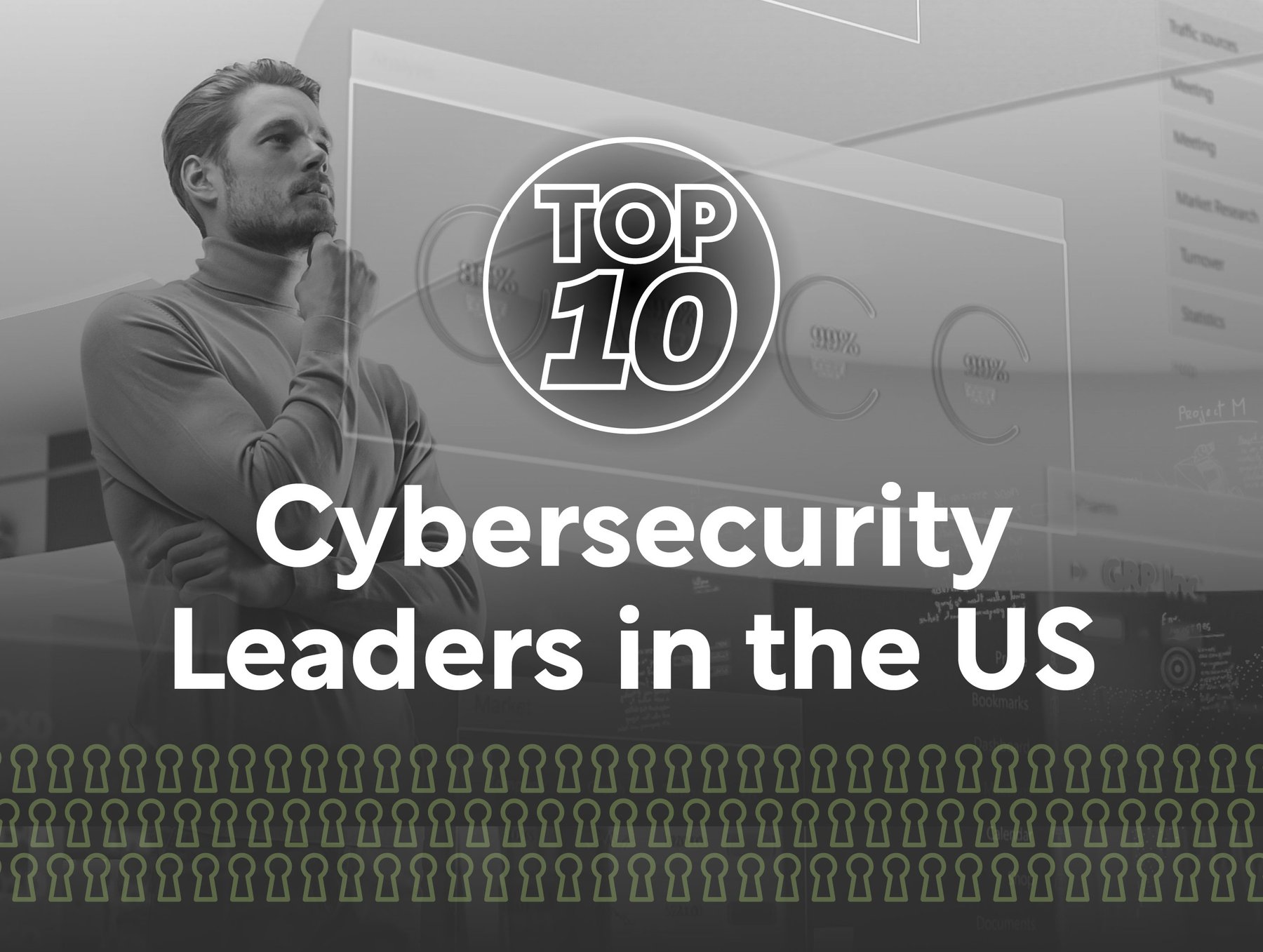In today’s increasingly digital world, cybersecurity has become a critical pillar of national security, economic stability, and personal safety. As cyber threats evolve in sophistication and scale, the institutions dedicated to safeguarding America’s digital infrastructure play an essential role in defending against attacks and preparing for future challenges. From protecting government networks to ensuring the security of private businesses, cybersecurity institutions in America serve as the first line of defense against digital threats. This article provides an in-depth look at these institutions, their roles, and the ongoing efforts to strengthen America’s cybersecurity landscape.
What Are Cybersecurity Institutions?
Cybersecurity institutions are organizations, agencies, or entities responsible for overseeing and enhancing the protection of digital systems, networks, and data. In the United States, these institutions are tasked with defending against cyberattacks, securing critical infrastructure, and ensuring the privacy and safety of individuals and businesses operating in the digital realm.
These institutions can be government-run, private, or collaborative efforts involving both sectors. They work together to monitor cyber threats, investigate incidents, and develop strategies to improve the overall cybersecurity posture of the nation.
Key Cybersecurity Institutions in America
1. The Department of Homeland Security (DHS)
The Department of Homeland Security plays a pivotal role in protecting America’s critical infrastructure, including its cyber infrastructure. Within the DHS, several divisions are dedicated to cybersecurity:
- The Cybersecurity and Infrastructure Security Agency (CISA): CISA is the lead agency within the DHS tasked with protecting the nation’s cyber and physical infrastructure. It provides tools, services, and resources to both government agencies and private sector partners to help prevent and respond to cyber threats.
- The National Cybersecurity and Communications Integration Center (NCCIC): This division within CISA works with federal agencies, state and local governments, and private sector organizations to share cybersecurity threat information, coordinate responses, and provide support during cyber incidents.
The DHS’s role is essential in coordinating efforts across sectors, ensuring that both public and private entities are prepared for and can respond to cyber incidents.
2. The Federal Bureau of Investigation (FBI)
The FBI plays a crucial role in investigating and combating cybercrime. The agency’s Cyber Division is responsible for investigating cyberattacks, data breaches, and other forms of cybercrime that affect national security, businesses, and individuals.
The FBI collaborates with other federal agencies, private industry, and international law enforcement to track down cybercriminals, stop attacks, and prosecute cyber offenders. It is also involved in initiatives such as the Internet Crime Complaint Center (IC3), where individuals and organizations can report cybercrimes.
3. The National Security Agency (NSA)
The NSA is perhaps best known for its role in national security intelligence, but it also has a significant cybersecurity function. The agency is tasked with defending the nation’s most sensitive information systems, both military and civilian, against cyberattacks.
The NSA works in collaboration with other cybersecurity institutions to protect government agencies and critical infrastructure. It also provides cyber defense training, develops cybersecurity tools, and supports national defense through the integration of cybersecurity into military strategies.
4. The U.S. Cyber Command (USCYBERCOM)
U.S. Cyber Command, established in 2010, is responsible for defending military networks, supporting national defense, and conducting offensive cyber operations. As part of the Department of Defense, USCYBERCOM works closely with other governmental and private institutions to protect the nation’s cyber infrastructure.
USCYBERCOM’s mission includes securing Department of Defense networks, supporting national defense operations, and conducting cyber warfare to protect U.S. interests. The command works alongside the NSA to enhance the overall cybersecurity of military and intelligence operations.
5. The National Institute of Standards and Technology (NIST)
NIST, a part of the U.S. Department of Commerce, is essential in developing and promoting cybersecurity standards, guidelines, and best practices. NIST’s Cybersecurity Framework is widely regarded as a benchmark for cybersecurity practices, and it helps organizations—public and private—understand and mitigate cyber risks.
NIST’s contributions include research on cybersecurity technologies, publishing guidelines on encryption and data security, and providing a framework for risk management in the digital age. Its work is instrumental in shaping national and global cybersecurity policies.
6. The Cybersecurity and Information Sharing Act (CISA) of 2015
The CISA of 2015 encourages public and private sector entities to share information related to cybersecurity threats. The act helps facilitate collaboration between government agencies and private organizations, promoting a more coordinated response to cyber threats.
By creating avenues for information sharing, CISA ensures that both sectors have access to timely and relevant threat intelligence, which can be used to identify and mitigate cyber risks more effectively.
7. Private Cybersecurity Companies
Private sector cybersecurity companies also play an indispensable role in America’s cybersecurity ecosystem. These companies offer a wide range of services, from threat detection and incident response to vulnerability management and network monitoring. Major cybersecurity companies like Palo Alto Networks, CrowdStrike, and Symantec work with both government and private clients to provide cutting-edge cybersecurity solutions.
Private companies are often at the forefront of cybersecurity innovation, developing new technologies, threat intelligence platforms, and services to stay ahead of evolving cyber threats.
Challenges in U.S. Cybersecurity
While the institutions in place provide significant protection, America faces a range of challenges when it comes to cybersecurity:
1. Evolving Threats
Cybercriminals, hacktivists, and nation-state actors constantly evolve their tactics, making it difficult for even the most sophisticated institutions to stay ahead of threats. The emergence of ransomware, phishing attacks, and other malware types means that cybersecurity institutions must remain vigilant and adaptable.
2. Shortage of Cybersecurity Professionals
There is a significant skills gap in the cybersecurity workforce. As the demand for skilled professionals grows, many organizations, including government agencies, struggle to fill cybersecurity roles. The shortage of talent leaves critical systems vulnerable and increases the risk of cyber incidents.
3. Privacy vs. Security
Balancing privacy and security is another ongoing challenge. The U.S. government and private companies must protect national security and infrastructure while ensuring that individuals’ privacy is not violated. This delicate balance often leads to debates over surveillance, data collection, and the extent of government intervention.
4. Cybersecurity in Emerging Technologies
The rapid development of emerging technologies such as 5G, the Internet of Things (IoT), and artificial intelligence introduces new vulnerabilities that must be addressed. Institutions must find ways to secure these technologies while ensuring that they continue to innovate and grow.
Future Directions for U.S. Cybersecurity Institutions
As the cybersecurity landscape continues to evolve, U.S. institutions must remain proactive in addressing emerging challenges. Key areas for growth include:
1. Strengthening Public-Private Partnerships
To enhance cybersecurity resilience, U.S. institutions must continue to strengthen public-private partnerships. Collaboration and information sharing are key to defending against evolving threats, and by working together, the public and private sectors can build stronger, more secure systems.
2. Expanding Cybersecurity Education

To address the talent gap, there needs to be a greater emphasis on cybersecurity education and training. By investing in education programs, universities, and certification pathways, America can develop the next generation of cybersecurity experts.
3. Advancing Cybersecurity Research and Development
Cybersecurity institutions must continue to invest in research and development to create advanced technologies that can detect, prevent, and respond to cyber threats. The future of cybersecurity will rely heavily on innovation in areas such as AI-driven threat detection and blockchain security.
Conclusion
The role of cybersecurity institutions in America cannot be overstated. From government agencies like the DHS, NSA, and FBI to private sector firms, these institutions work tirelessly to defend the nation against a broad range of cyber threats. As digital landscapes continue to evolve, so too must these institutions, adapting their strategies and technologies to combat increasingly sophisticated attacks. The strength of America’s cybersecurity institutions will ultimately determine its ability to thrive in the digital age, ensuring a secure, stable, and resilient nation.
FAQs
What is the primary function of cybersecurity institutions in America?
Cybersecurity institutions in America are responsible for defending against cyber threats, securing critical infrastructure, ensuring privacy, and developing policies and technologies to protect the digital landscape.
Which government agency is responsible for cybersecurity in the U.S.?
Several agencies are responsible for cybersecurity in the U.S., with key ones including the Department of Homeland Security (DHS), the FBI, and the National Security Agency (NSA).
What are the biggest challenges in U.S. cybersecurity?
The biggest challenges include evolving cyber threats, a shortage of cybersecurity professionals, balancing privacy and security, and securing emerging technologies.
How do private companies contribute to cybersecurity in the U.S.?
Private companies play a vital role by developing cutting-edge cybersecurity solutions, offering services like threat detection, incident response, and security monitoring, and collaborating with government agencies.
What is the future of cybersecurity institutions in the U.S.?
The future of cybersecurity institutions will focus on strengthening public-private partnerships, expanding cybersecurity education, and advancing research to address emerging threats and technologies.










